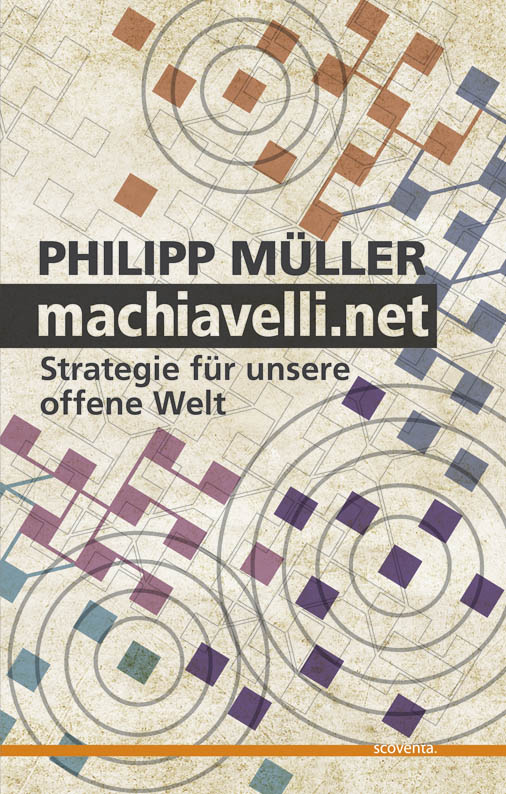Public Goods in Network Society
You probably remember from Econ 101 that public goods were defined initially by Paul Samuelson (‘The Pure Theory of Public Expenditure’ , Review of Economics and Statistics, 1954) as those where person A’s consumption of the good did not interfere with person B’s consumption. Pure public goods are normally circumscribed by:
- Non-excludability: no one can be excluded from the product.
- Impossibility of rejection: no one can opt-out of the product.
- Non-rivalness in consumption: the use of the product does not reduce the utility for others.
I am not interested in potential permutations of these factors (club goods, impure public goods, private goods, etc.), but in the questions of (a) what is “public,” when our conception of the collective changes radically with network society, and (b) what is a “good,” when our conception of world shifts from space to time, i.e. from owning to consuming, or product to service?
The simple version of the argument is that as soon as we imagine collectivity as a network and legitimize our actions by referring to the outcome we achieved, our conception of what do we mean by “public” and what do we mean by “good,” shifts.
Public becomes the group of stakeholders affected by our intervention and good the service we provided, i.e. “serving the stakeholders.”
Ok, so much to the theory, but how does this translate into the “real world?” Who defines the stakeholders? Who evaluates the quality of the service? Who is responsible for raising awareness for counterfactual public goods (opportunity goods)? etc.
 Author of machiavelli.net, proud father of three, interested in shaping network society. Welcome to my blog.
Author of machiavelli.net, proud father of three, interested in shaping network society. Welcome to my blog.
Getting ready for the Forum?
Getting ready for the Forum?
Interesting to know.
Interesting to know.